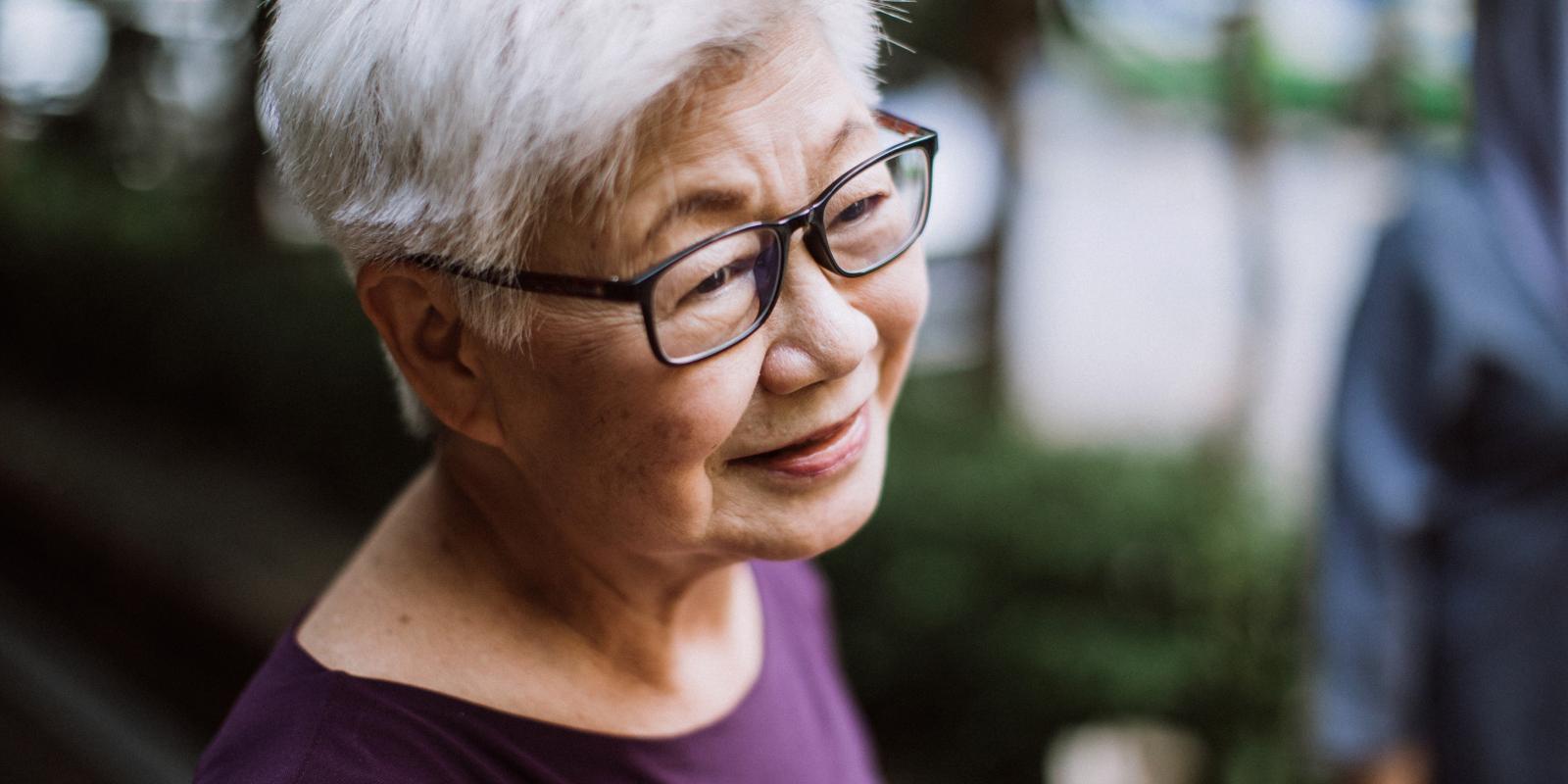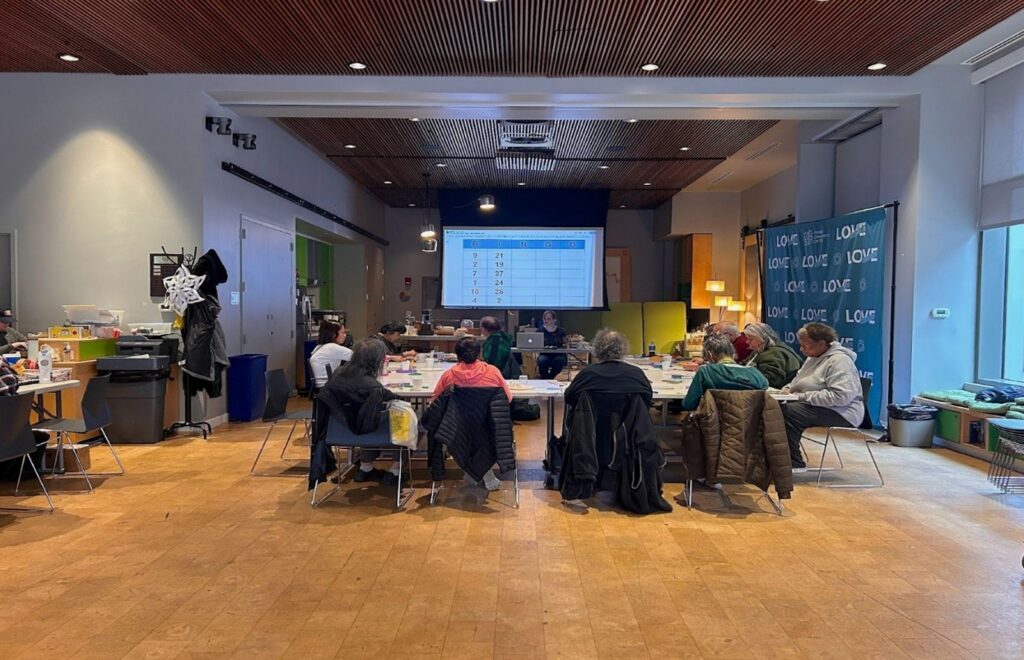I have been proud to chair ASA’s Board of Directors for nearly two years and see a bright future for our organization as I prepare to pass the baton to new Board leadership in the Spring. Looking to the future, I know ASA will continue to step into its role as a leader in our collective fight against ageism, including its multiple structural manifestations. While there are many aging-related organizations in the United States, few are analyzing and tackling structural ageism in a concerted way.
This is a critically important role for ASA. We can’t improve programs and outcomes for elders without combating ageism directly. Ageism is a concern for everyone, regardless of income level, where we live, our gender, race, sexuality or any other identity or life experience. We don’t all face the same challenges as we age, but we all hope to grow old. We can’t improve our opportunities for healthy and successful aging without combating ageism.
Fighting ageism is not the same as confronting individualized age discrimination. While shaped by larger social attitudes, the latter is an experience whose solution is often found in some version of self-empowerment. Ageism is rooted not only in personal experience, but also in systems and structures that essentialize youth, while marginalizing and disempowering elders. To be anti-ageist means focusing on power structures, social justice and advocacy.
‘The healthcare system is by no means unique in its pervasive ageism.’
We see the structures of ageism in the healthcare system, where it is so often difficult for elders to have their complaints heard or to receive appropriate care. Many old people have been told, “At your age, what should you expect?” after reporting discomfort or ill health to their doctor. Procedures and treatments that are routinely delivered to younger people are just as routinely denied to elders.
In a landmark study of 9,000 hospitalized patients, healthcare professionals were significantly more likely to withhold life-sustaining treatments for older people, even after controlling for prognosis and patient preferences. This data translates into real people. An older adult in debilitating pain may have to see four surgeons before she finds one willing to operate on a woman in her 80s. An older man who has lost his appetite is quickly assigned to hospice care rather than addressing possible causes and cures of his condition. And on it goes.
Ageist Systems Abound
But the healthcare system is by no means unique in its pervasive ageism. Paratransit systems, particularly in rural areas, often treat elders as passive members of their communities. For example, these transit systems frequently plan to transport elders only to medical appointments or supermarkets, failing to recognize that older adults are independent agents of their own lives and often have active roles in their communities and in civic and social organizations.
And public transit isn’t the only place where ageism systematically presents in transportation. Ageist practices targeting older drivers exist in many states. In New York, for example, anyone can lodge an anonymous complaint with the Department of Motor Vehicles alleging that an older driver is not competent. Upon receipt of the complaint, regardless of how baseless, the driver must take a new road test to keep their license. This is despite the fact that older drivers are actually safer, according to AAA, in part because they are more likely to wear seatbelts and observe speed limits, are less likely to drive under the influence, and are generally more cautious.
Ageist employment structures also exclude elders. Some examples are mandatory retirement, or other means to involuntary discard older employees, a pervasive emphasis on youth in hiring, and a practice of excluding older workers from training opportunities, challenging assignments and client meetings. According to AARP, 64 percent of older workers have experienced or witnessed workplace age discrimination—a volume and frequency of ageism that strongly suggests systems and structures are at play.
Ageism appears in paternalistic programs and practices that view elders as victims or eliminate their agency.
Similarly, ageism is systematically present in commerce and entertainment. In entertainment, the structures of ageism are often gendered. We all know of the plight of older actresses, who struggle to find work, and of models like Linda Evangelista. She recently spoke out about the need to damage her body to meet the fashion industry’s youth-centric requirements. Similarly, marketing and product development are overwhelmingly geared toward younger people even though, as AARP points out, 56 cents of every dollar spent in the U.S. comes from a consumer age 50 and older. Despite their extraordinary spending power, older people are often portrayed in denigrating ways in advertisements.
The Aging Sector Isn’t Free of Ageism, Either
We see the insidious nature of ageism in the aging sector—a sector dedicated to helping older people—where it often appears in paternalistic programs and practices that view elders as victims or eliminate their agency. This is evident in elder care, too, where older people can be infantilized and deprived unnecessarily of control over the most personal and minute aspects of their lives.
Similarly, we see the structures of ageism in many aging advocacy organizations that are staffed and led by younger people, who too often make decisions without consulting with and being guided by elders themselves. Even in the organization where I serve as CEO, which historically has been animated by the principle “nothing about us without us,” we combat these tendencies.
The pervasiveness of ageism and ageist structures and systems calls out for leadership in response. To date, the anti-ageism space has been populated predominantly by self-empowerment statements by elder activists and early efforts at anti-ageism training in the vein of cultural competency. These are crucial steps, but they are not enough.
To effectively confront and reverse ageism, we must analyze and understand the structures and systems that advance it and systematically work to dismantle them. Within the aging sector, being an anti-ageist organization means rooting out ageism in our own practices, programs and policies and building new approaches that center elder voices and self-agency and build aging equity.
A structural approach to ageism requires new ways of thinking and new social justice advocacy. As we grow old, we all have a wide-open space beckoning us to step up and free ourselves from ageist structures. That’s why I’m thrilled to be a part of ASA’s anti-ageist thought leadership forum and the work ahead.
To learn more about ageism and anti-ageism efforts, tune into the Generations Forum “From Ageism to Age Inclusion,” Dec. 6-10; register here.













